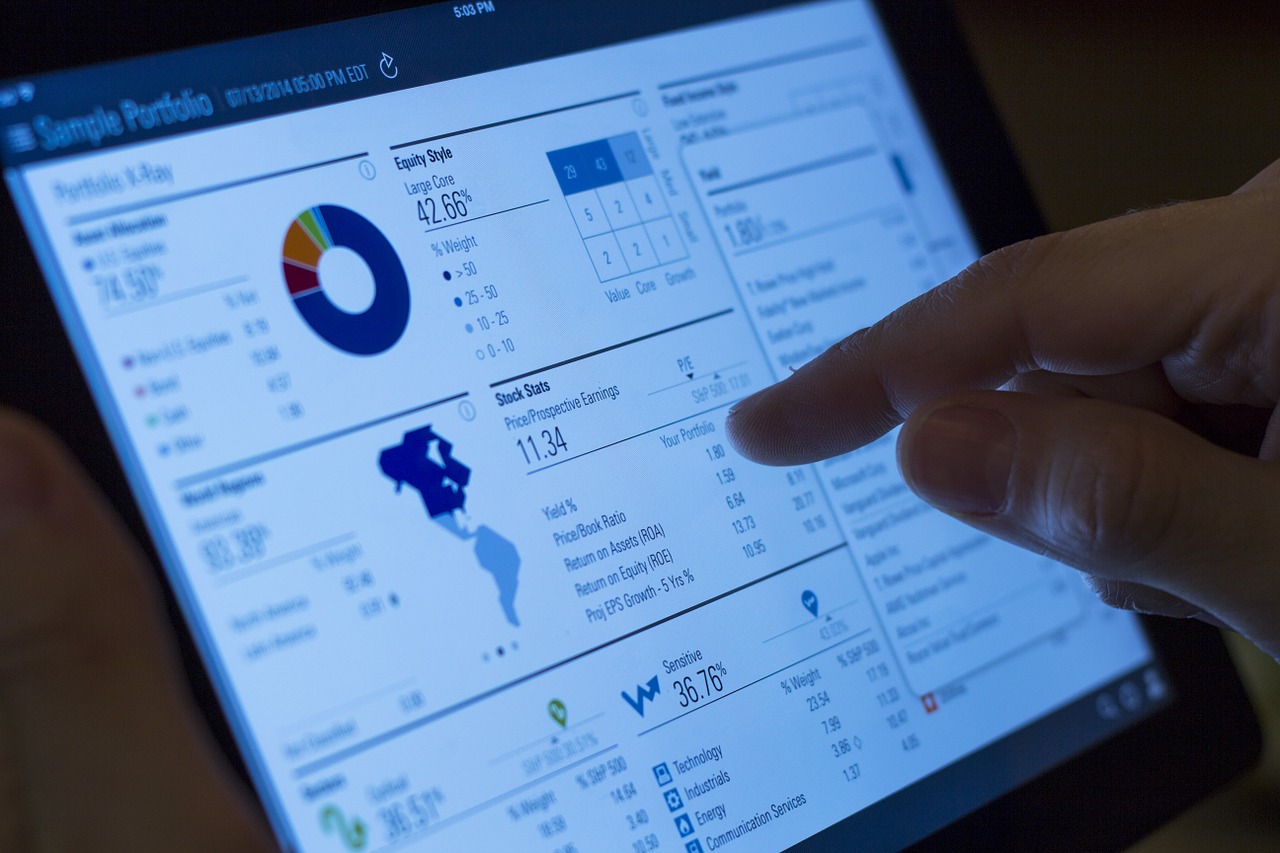Written on December 14, 2016 by Stephan Wehner.
Web site? Web app? What’s the difference?
Well imagine it this way: using a website is like watching TV, while using a web app is like playing a video game.
Watching TV is a passive activity – the content is presented to you, and at best you can scroll through different channels to pick the content you want.
 Websites are like this. They’re passive. You don’t interact with the content – you just sift through it.
Websites are like this. They’re passive. You don’t interact with the content – you just sift through it.
Playing a video game, however, engages you. You can’t just plop yourself on a chair and be a passive participant – to get anything out of the video game, you have to interact with it.
In this sense, web apps are like video games.
But most web apps are not games. In the simplest case they run javascript in your browser, like calculators, unit converters, or a tool to remove empty lines from text, a colour palette designer, a math function plotter and a tool to create drawings.
Going beyond javascript, more powerful web apps are client server applications, with one or more central databases, that clients (users) can update and query. Here, the simple cases are blogging engines, or wiki's, and online shopping catalogues. You would regard Twitter and Facebook as web applications too.
These are more dynamic and tailored to specific uses:
This is of course just a tiny overview of what's possible and available. These are the basic features most of these applications have in common:
As I wrote at the beginning, the most important feature is that visitors interact (and are referred to as "users"). This is what sets a web application apart from a web site — the more generic term.
One wouldn't call a simple search function a web application. It takes input from a user and produces a new web page, as a "results" page. Examples: Google and YVR arriving flights lookup. In a way it is too simple and not part of a larger system.
Yes! The best small business websites take it up a notch with their use of web apps. There are two ways you can do this: You can use web apps to coordinate your business, or use them to improve user experience on your website. In other words, web apps can help your business both in the ‘background’ and front-end side of things.
Most big businesses already harness the power of web apps to coordinate their operations. Web apps like Basecamp, Jira and Slack function as ‘digital workspaces’, helping businesses coordinate projects with various team members and divisions. Gone are the days of mind-boggling email chains or disparate company calenders – most of these apps come with neat features such as instant messaging, calenders, and to-do lists.
The problem is that many small businesses feel like these web apps are unnecessary. My business is working fine – why should I bother, right?
This sort of mindset is quite similar to a person using a smartphone for the first time.
 Many useful web apps are available
Before getting a smartphone, most people are un-amazed. Some question why they would need it.
Once using a smartphone, however, it becomes inseparable from them – the sheer number of possibilities that open up with a smartphone make it a fundamental to their everyday life.
Many useful web apps are available
Before getting a smartphone, most people are un-amazed. Some question why they would need it.
Once using a smartphone, however, it becomes inseparable from them – the sheer number of possibilities that open up with a smartphone make it a fundamental to their everyday life.
The same is said with these web apps – you don’t know what you could possibly do with them till you try.
Say you own a local gym. Every now and then, you run extra fitness classes where people can just sign up and drop in. Naturally, you’d need to promote this, and what better way than the old-fashioned method of handing out leaflets to strangers on the street.
You aren’t going to do this all by yourself of course. There’s no way you’re going to design those leaflets yourself, get them printed, and then hand them in the few dozen or so main streets you want to target. For this, you want a few people to help you.
You could go the conventional route: Hire some local kid to design a leaflet for you, then ship it over to a local printer to churn them out.
Alternatively, you could seek a freelance leaflet designer online – they’re probably way more talented and charge far less to boot.
The problem is that managing a business relationship online can get messy – especially if you need recurring work from this freelancer. It’s one reason most business owners shy away from online solutions – nightmares of long emails chains and trouble finding files abound.
This is where web apps reign supreme. You could use a platform like Trello which is free. Trello functions like a post-it note board for your work group. You create a ‘card’ which details the task to be done, put a deadline on it, and immediately your freelancer is notified of this task. When they’re finished, they upload their work to the card and drag it to the ‘Done’ pile and immediately you’re notified that the work has been finished.
In this case, whenever you want to advertise a new class, you simply create a new card on Trello. Your freelancer gets notified and they get to work on a new leaflet. When they’re done, they’ll upload their leaflet there – and this is where it gets better. If your local printer has joined your Trello Board, they can get this notification then immediately start getting the prints ready.
And when the printer is done, they can signal this on Trello, then one of your workers knows immediately that he/she can go pick the printed leaflets out now.
And when it’s time for your distributors to start distributing the new leaflets, they get notified on Trello to go pick up the new batch.
Bam! Through the use of a web app, you’ve automated what was previously a dull, repetitive and messy task. No need to send out constant emails to communicate between the various parties involved in this simple task – everything works like a clockwork as people get notified, do their work, then update their progress on Trello.
If Way 1 was about making your life easier, Way 2 is about making life easy for your users.
Many businesses nowadays use web apps on their websites to improve user experience. Instead of merely posting their address on their website, they embed an interactive Google Map to allow customers to better get an idea of where their business is.
But that’s a simple example. Many small businesses use digital catalogues so customers can browse through their selection with ease. Is an item out of stock?
 Customers now know – no need to go to your store and disappoint themselves, or call your establishment incessantly asking for more information.
Customers now know – no need to go to your store and disappoint themselves, or call your establishment incessantly asking for more information.
Admittedly, such web apps are tougher to implement on your website, but any decent web developer can get it up and running for you. (Hint: We’re web developers! Contact us here if you’d like to upgrade your website).
Information is the next frontier for businesses, both big and small. More than ever, customers are planning their consumption. They want the lowdown on you. They want information, and they want it to be easily accessible. In some cases, customers won’t even consider your product/service if they can’t get a full idea of it (Why bother with you when there’s a competitor who’s clearer?)
Web apps are one way to bridge the divide between you and your customer.
If done well, it impresses upon customers that you are the real deal – you might be a small business, but you’re a serious, well-established small business.